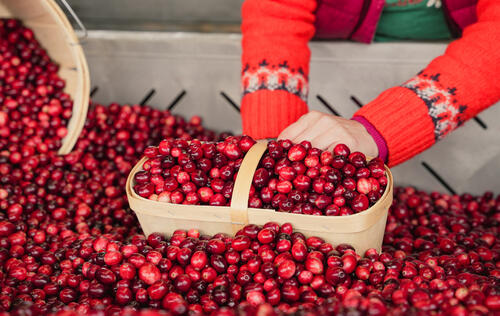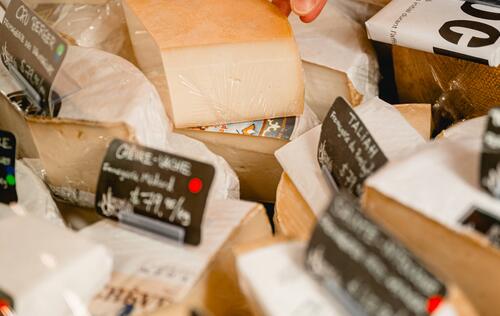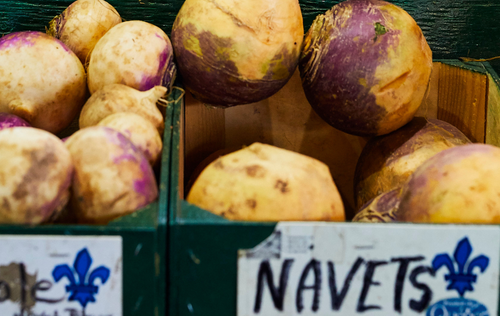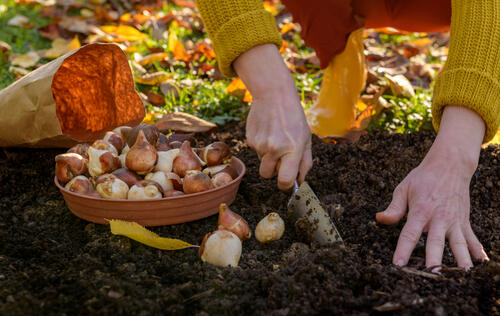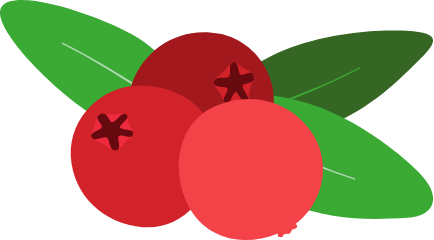How to wash your fruits and vegetables?
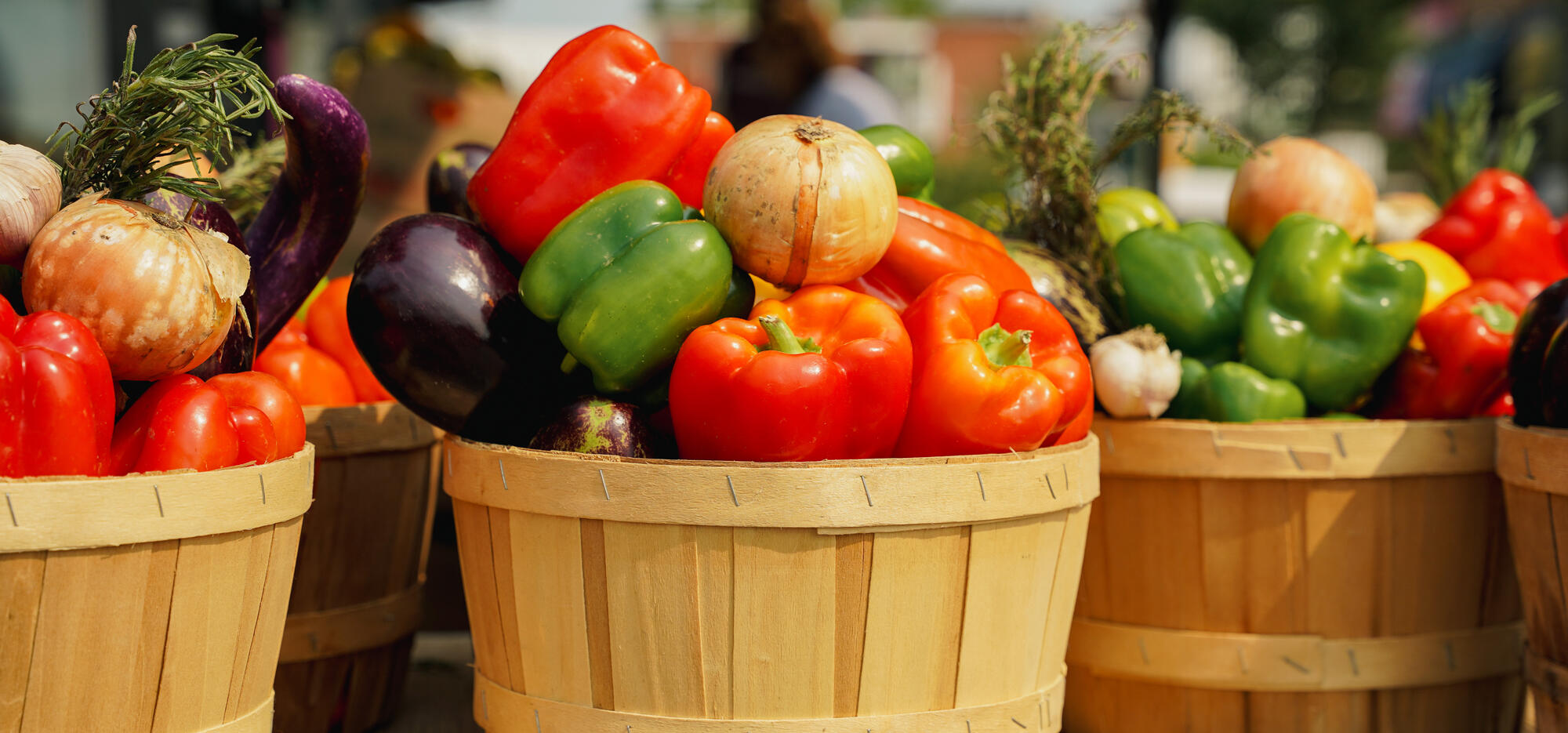
Managing our food after returning from the market seems to divide us into two groups: the vegetable soap group and the hand-washing group. How do you wash your fruits and vegetables?
On the one hand, we're advised to wash all our purchases with soap and plenty of water, including food. This management can become a real headache. On the other, we're told to take it easy by making sure to wash our hands thoroughly after returning from the grocery store, after handling our food, and before cooking. A second option that seems much more interesting, but almost too simple. And then there are all sorts of theories: soap, no soap, quarantine, disinfection... cremation!?! How can we navigate the different methods and information offered and avoid the risks associated with buying food at the market?
Is it possible to catch COVID from your basket of strawberries?
Currently, government officials report that there is no evidence that food and its packaging act as a source of virus transmission. It's important to note that, for the time being, saliva and its army of contaminated droplets remain the main route of spread.
Also, interestingly, our little COVID-19 bug isn't very good at surviving on surfaces. For reference, our bug survives 24 hours on cardboard, 48 hours on steel, and 72 hours on plastic. Ultimately, it's not touching contaminated food that risks contracting COVID-19, but rather touching our contaminated hands to our face. Conclusion: wash our hands!
To soap or not to soap our fruits and vegetables?
No, not soap on our fruits and vegetables! That seems to be the current conclusion of most food safety and hygiene standards. Ultimately, we prefer to avoid using soap, bleach (especially NOT, please!), detergent (EVEN LESS), or disinfectants (Purell in my salad… no thanks!) because their use would be no more effective than simply washing under running water, with a little scrubbing with a small brush if possible. It's best to avoid ingesting household product and dish soap residue that could remain on the food! As for white vinegar, it wouldn't be effective at eliminating the virus, so there's no point in using it like Grandma's marinades.
What to do with fruits and vegetables after the market?
That's all well and good, but what do we do with the food after the market? Here are the steps to follow for proper, safe, and not too demanding fruit and vegetable management.
- Wash your hands thoroughly before handling food. 20 seconds under hot water! Enough to make Dr. Arruda proud!
- Remove packaging (which could be contaminated) and transfer your fruits and vegetables to suitable containers for storage.
N.B. For other foods with packaging that could be handled quickly and frequently, a quick cleaning with a cloth soaked in soapy water wouldn't be a luxury. Otherwise, simply put them away and forget about them for a few days. This is a far cry from the extensive cleaning some people suggest! - Properly clean countertops. No need to panic! In any case, if we really wanted to disinfect effectively, we'd have to clean the counter, the cabinet doors, the faucet, our car keys, our wallet, our credit cards, our doorknobs, our glasses... do you see where I'm going with this? Did I already mention that handwashing is important?
- Put our reusable bags in the wash if applicable. That's why I suggest using reusable fabric bags, which are much easier to clean.
- Wash our hands thoroughly, again... If our hands aren't dry, it's because we're apparently not washing them enough.
- Before cooking, clean food under running water using a vegetable brush whenever possible. I don't suggest this last option if the idea is to cook raspberries or any other similarly delicate food; the task could be quite arduous and the result... surprising. N.B. Cleaning food before cooking is the best way to ensure proper preservation. Excess moisture caused by washing after returning from the market could cause the appearance of hairy growth, aka mold, early on.
The methods proposed for managing fresh food to limit the risks associated with COVID-19 are therefore exactly the same as at any time of year, virus... or not! Perhaps it's because for the rest of the year we neglect these measures a little (a lot). In this period when hygiene takes on a whole new meaning, we have a reason to take these measures seriously, even more so than when it's just a matter of pesticides or someone with questionable hygiene practices in the bulk vegetable section. In short, virus or not, we rinse our vegetables and wash our hands before cooking!
This article was written by Édith Ouellet, a nutritionist by profession, for whom healthy eating and sustainable food are inseparable. With her unique style and 0% guilt-free attitude, she tries to influence the population to adopt eating habits that are not only healthier but also more respectful of the planet's health. Edith is offering a brand-new course to support you in your journey to eating locally all year round. With recipes, tips, tricks, and answers to all your questions, you'll learn the essentials to becoming a true locavore...even in Quebec!
